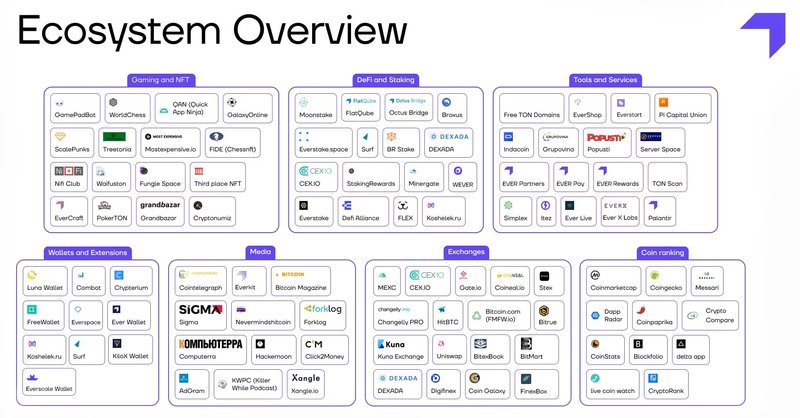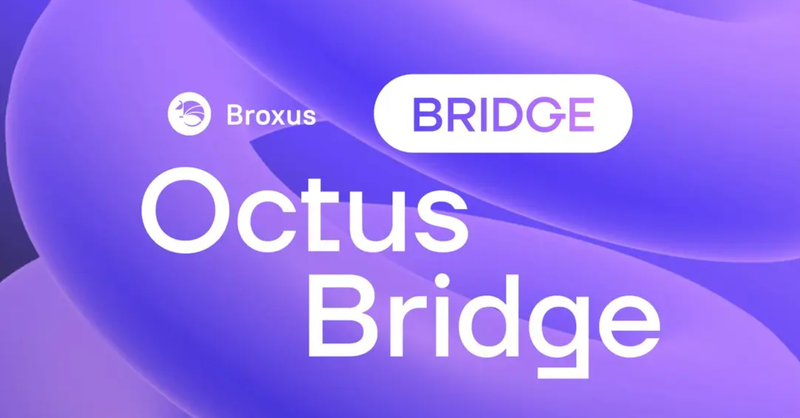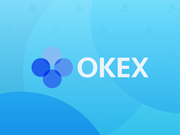Everscale (EVER) Part 2
7 minutes
Beginner
This is the second part of our article about Everscale (EVER). In this part, we will briefly tell you about the innovative use of smart contracts, the Everscale ecosystem, and also about the native token EVER. If you haven't read our first part, where we briefly explain how Everscale works and what problems the project solves, then the link to the first part is here. We recommend reading it.
Revolutionary approach of Everscale to smart contracts
To truly understand why Everscale is so innovative, let's look at how it solves another problem that hinders blockchain technology as a whole.
Most blockchains associate a public key with each wallet to simplify the task, whether it contains tokens or smart contracts. However, Everscale takes a different approach: it associates an instantiated smart contract with each active address. Here's how this approach works:
- Deploying a smart contract to an address is the only way to create a usable Everscale address.
- Calculating a wallet address requires a combination of two factors. The first is the public key belonging to the user, and the second is the hash of the source data (including the code of the smart contract deployed at that address).
- Millions of addresses can be linked to a single public key in Everscale, as individual users can deploy any number of smart contracts.
This process ultimately leads to what is called "distributed programming". This new paradigm of blockchain development makes old types of contracts (such as BEP-20, ERC-20, etc.) obsolete.
These and other ERC-type tokens typically work by maintaining a hash map with all token balances for the respective tokens as well as addresses. However, Everscale does not need to call a root contract and use the entire blockchain to store data because each address in Everscale is de facto a smart contract.
In other words, the root contract sends its code to a new address during deployment. Once this happens, the newly deployed contract doesn't need to query anything from its parent.
In the end, the paradigm of distributed programming requires a different way of thinking from developers (even though writing smart contracts in Solidity on Everscale is possible). But on the other hand, it makes the network more decentralized and provides more opportunities for developers.
Everscale Ecosystem

As we remember from our biology lessons, an ecosystem is a system that encompasses all living organisms and their interactions with each other and nature.
Let's imagine that nature is a blockchain, and organisms are different projects. Just like animals and insects coexist in a certain territory, crypto and NFT projects interact on a certain blockchain.
To summarize, an ecosystem in blockchain is a system that includes various Web3 projects based on a specific blockchain. Often, the connection between projects is expressed through the use of a single token (cryptocurrency).
At the moment, there are about twenty projects in the Everscale ecosystem! Let's get to know the most interesting ones:
EVER Wallet

EVER Wallet is one of the most popular wallets for assets on the Everscale blockchain, developed by the Broxus team. It can be finely tuned, including choosing various smart contracts, connecting and managing TIP-3 tokens (tokens issued on the Everscale network). The application is available for Android and iOS devices.
This wallet also has a web-browser version for Google Chrome, which is suitable for another Broxus product - the decentralized exchange Flatqube, operating on the popular AMM protocol.
FlatQube

Flatqube is a decentralized cryptocurrency exchange. Let's talk about its functionality, which stands out from other exchanges:
- This exchange allows you to safely and without intermediaries to perform all transactions.
- Supported not only swap, but also unique farming programs in which it is real to get passive income from steaking and farming!
- The documents easily and understandably explain the functionality of the exchange, as well as provide step-by-step instructions.
- Flatqube does not store any user assets or information about your wallet, so it is quite reliable
- Also note the excellent user interface, understandable even to beginners in the world of web3!
Octus Bridge

Octus Bridge is another project from the Everscale ecosystem, designed for interacting with blockchains. This bridge enables users to move liquidity between several EVM-compatible blockchains, including Ethereum, BSC, Fantom, Avalanche, Milkomeda, Polygon, and Everscale, where it can be done with nearly zero fees and at higher speeds.
Own Everscale token: EVER
The native token of this blockchain is called EVER, and its total supply is 2,072,626,619 EVER. It serves as a governance and payment token, where all fees go to validators as a reward for creating blocks and securing the network.
In addition, users can also stake their EVER tokens through dApps such as EverPools or Ever Surf. Another method is to earn farming rewards for providing liquidity on FlatQube.
Note that Everscale allows almost anyone to launch their own token. However, this approach can quickly turn into a nightmare for product developers, as developing a DEX with hundreds of different tokens requires manual integration of each token.
To address this issue, the developer community has created a variety of token standards that will be used by all decentralized applications on the network. For example, the standard for NFTs is TIP-4, while the latest approved standard for utility tokens is TIP-3.1.
Economic data of the project at the time of writing:
In circulation: 1,716,438,327
Market capitalization: $47,141,471
Price: $0.027
CoinGecko.com data
Everscale: an Etherium Killer...?
They say that the perfect blockchain consists of three elements: scalability, decentralization, and security. The latter two go hand in hand, considering that decentralization is the foundation of blockchain technology. As network nodes have to approve a transaction, this verification method also provides security by eliminating the need for intermediaries such as central banks.
Early blockchains by default met these two criteria, and this means that scalability is the missing component of blockchains. While Ethereum (ETH) becomes the gold standard for dApps, the increase in the number of transactions has led to an increase in gas fees and a reduction in transaction time. Moreover, since factors such as convenience play a vital role in the adoption of any new technology, a non-scalable network is not a convincing argument.
The concept of the trilemma was introduced by Ethereum co-founder Vitalik Buterin after recognizing the need for all three previously mentioned security elements. Countless industry experts and enthusiasts are seeking a solution in which all three components could coexist, especially since scalability has become a widespread industry issue.
Therefore, the opportunity to become the successor to Ethereum (although we prefer the cooler-sounding "Ethereum Killer") will ultimately fall to the crypto player who can solve this trilemma.
Enter Everscale, which is the top contender for this title thanks to its innovative consensus mechanism that uses layer 1 sharding with a unified protocol. At the same time, this blockchain aims to provide secure and user-friendly interfaces on the external layer, striving to ensure its wide adoption as an effective solution to the trilemma.
In the ancient illustration mentioned in the first part of the article, David managed to defeat Goliath. It seems that Everscale is determined to repeat history, but only time will tell.



